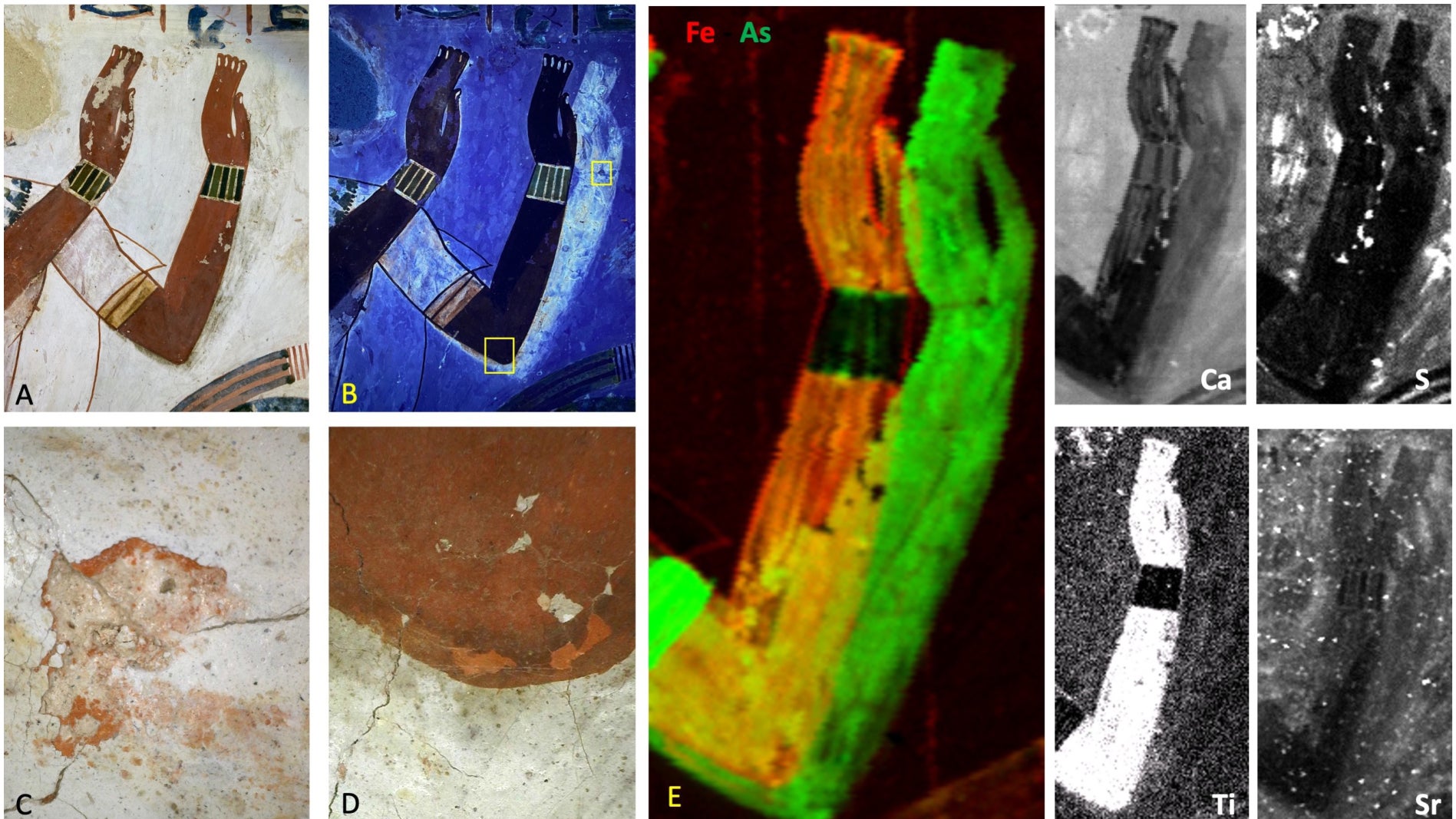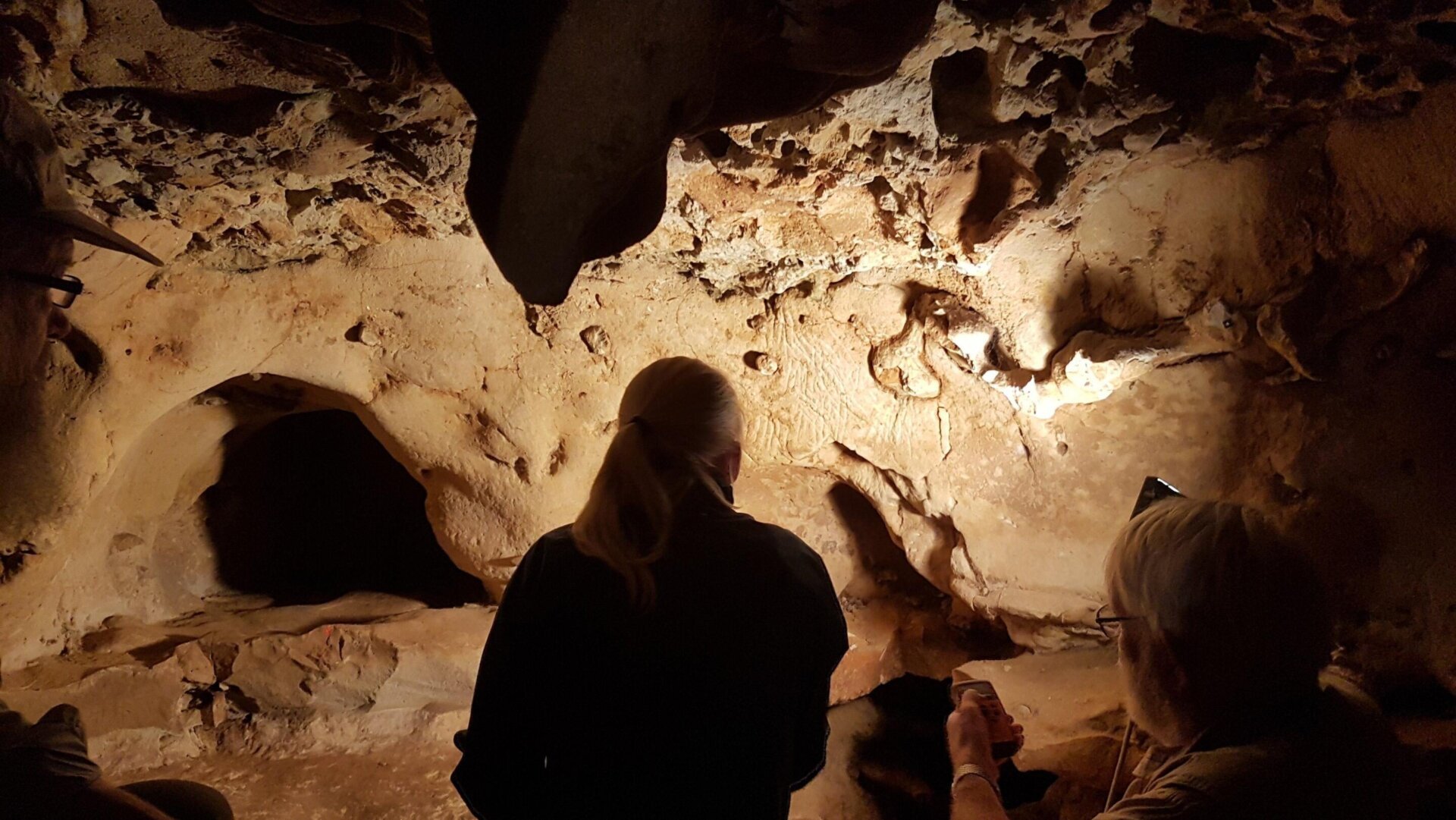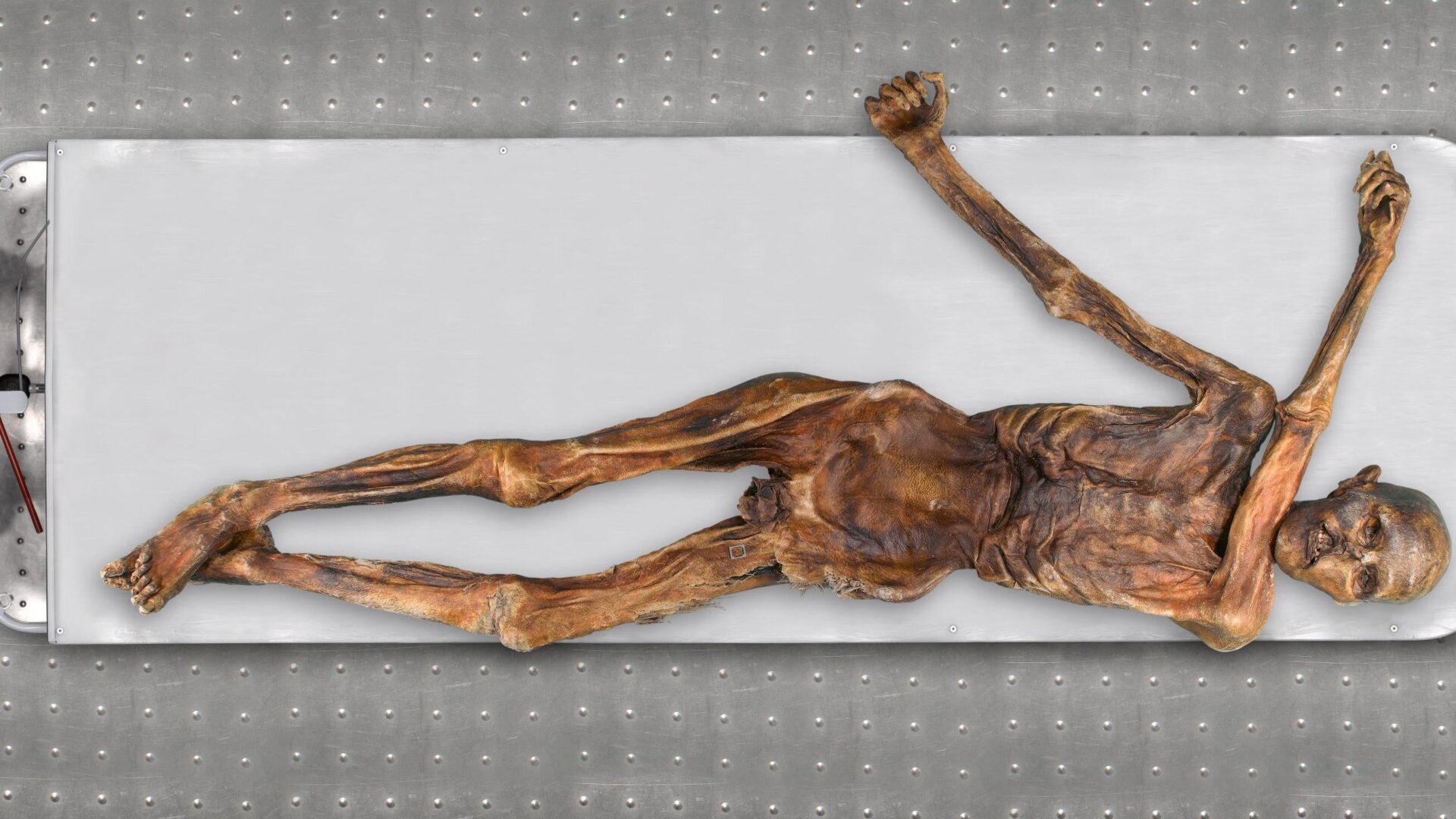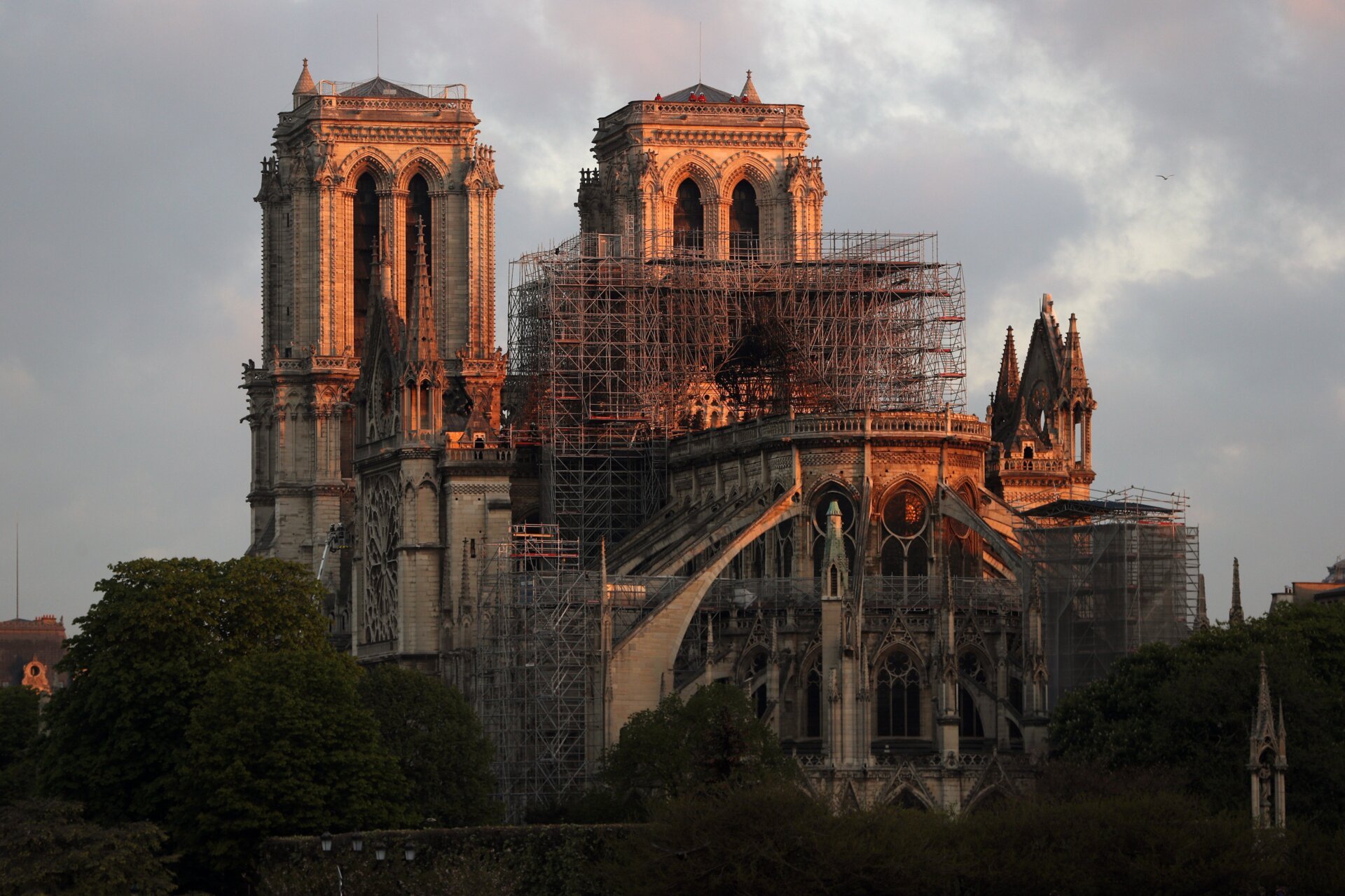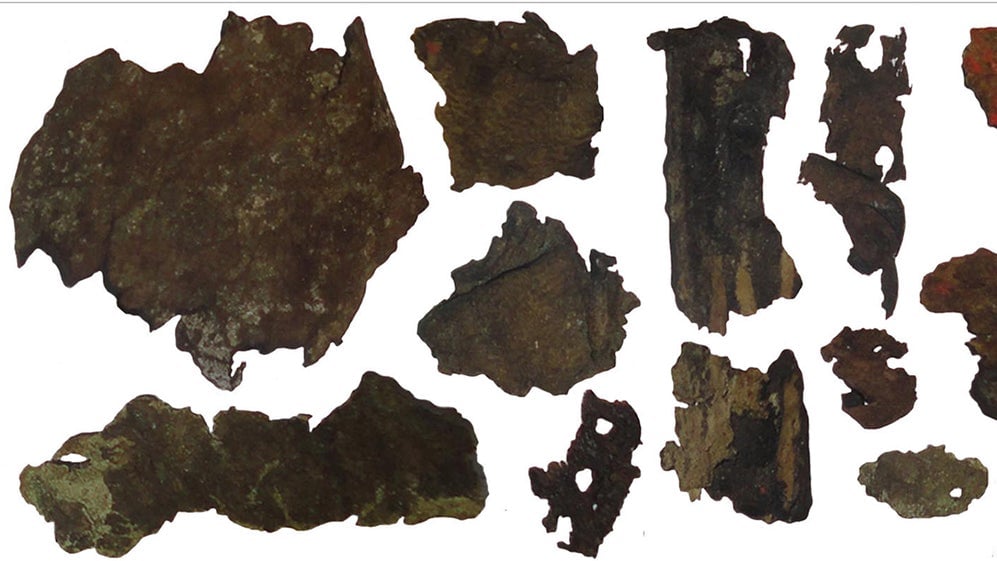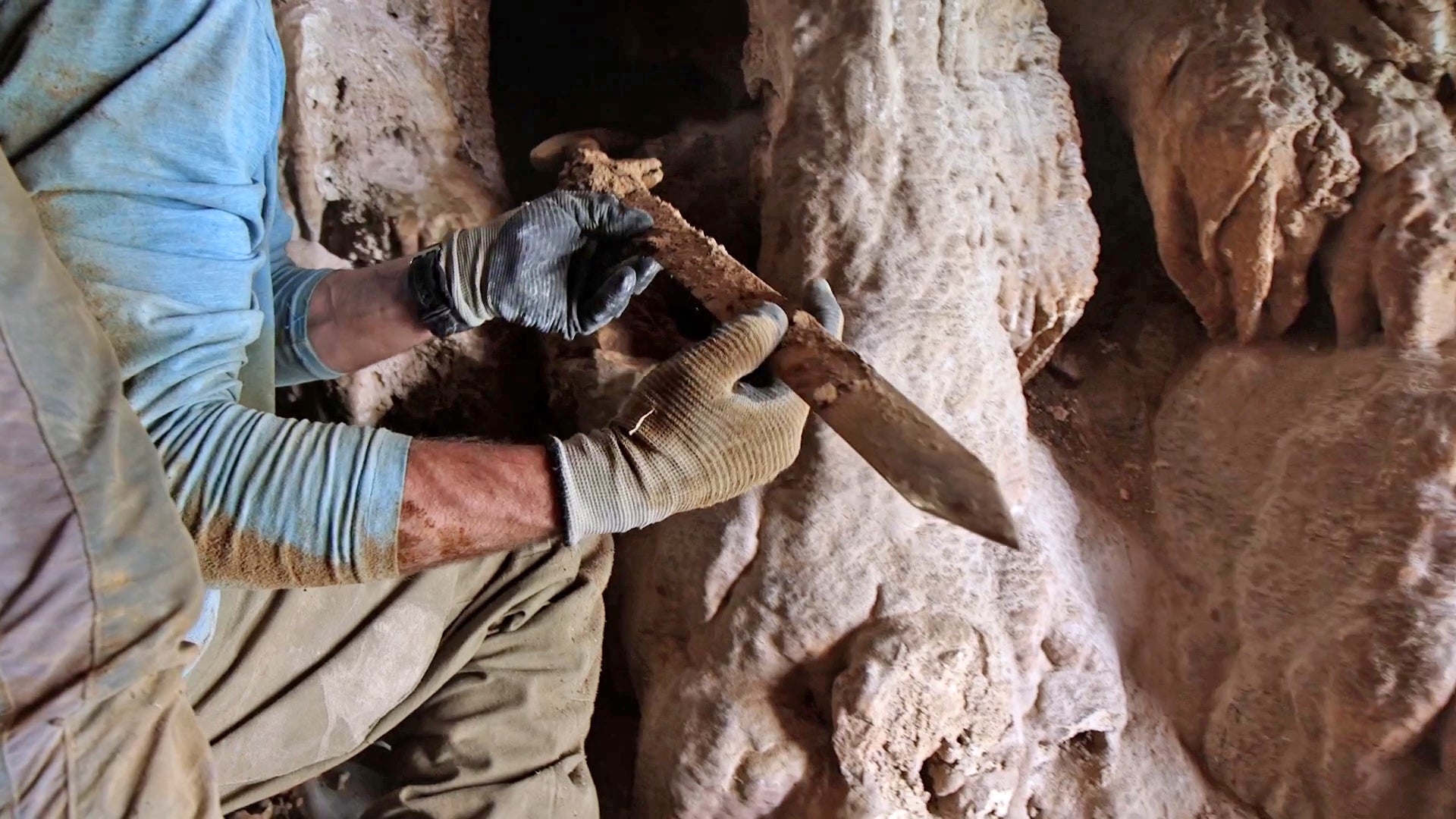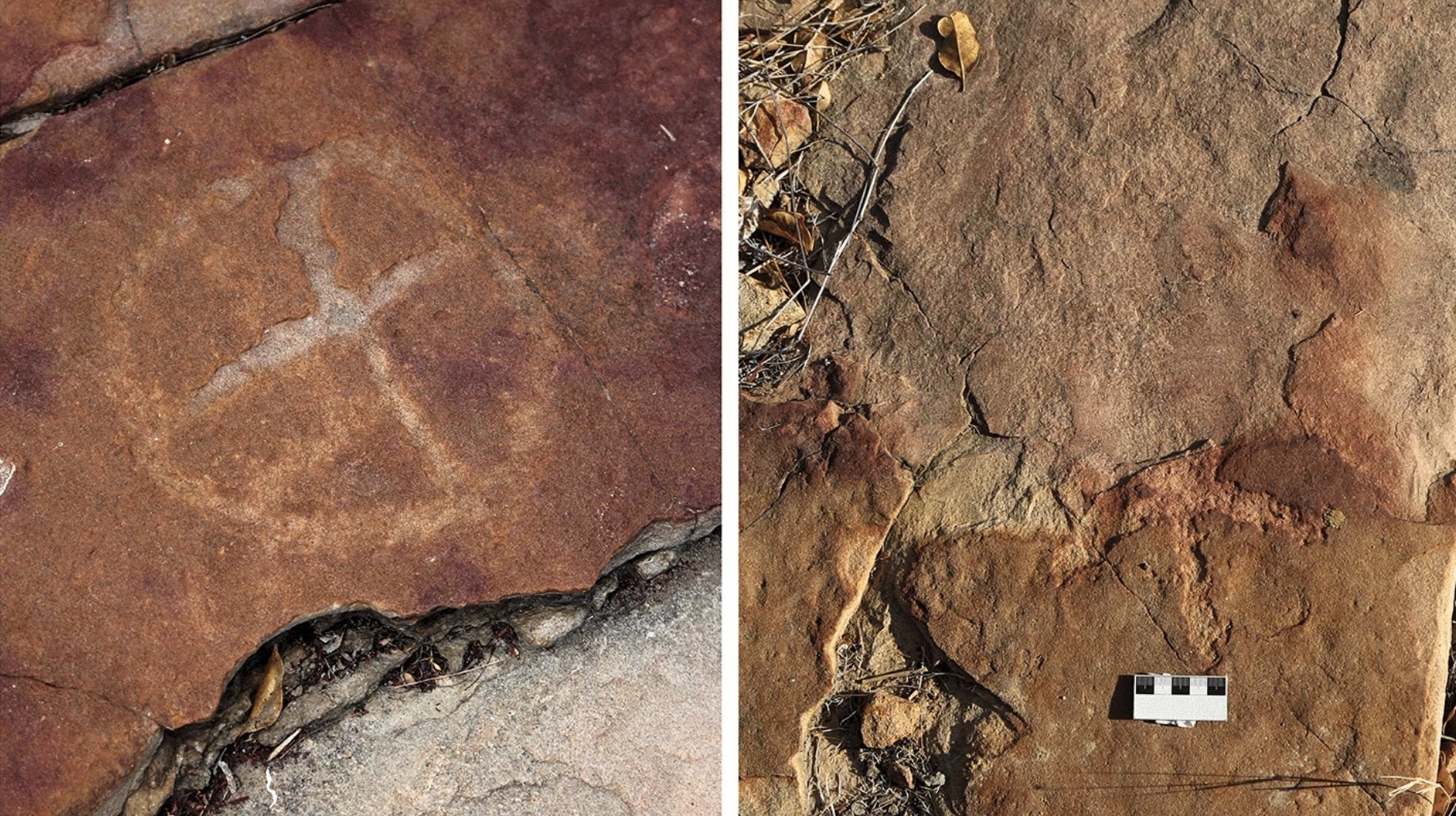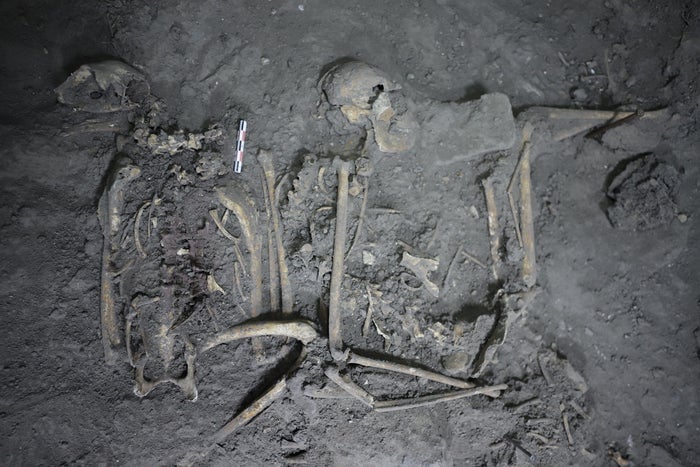Ancient Egyptian tomb paintings have long captivated researchers and art enthusiasts alike. Recently, a team of scientists utilized X-ray fluorescence imaging to examine paintings in the Theban Necropolis near the Nile River, revealing previously unseen details of the artistic process. These 3,100-year-old masterpieces, hidden from the naked eye for millennia, glowed under X-ray light, exposing the artists’ initial drafts and offering a unique glimpse into their creative journey. The team’s findings were published in PLoS ONE.
Philippe Martinez, the study’s lead author and a researcher at the Sorbonne Université in Paris, explained the importance of this research in an email to MaagX. “Documentation remains a challenge, and our aim is to provide fundamental documentation from various perspectives using modern digital tools at different scales. For the first time, we can create models that offer a genuine sense of space, alongside high-resolution images that allow viewers to experience the reality of these ancient paintings better than on-site.” He added, “Macrophotography, various applications of X-rays, and multi- or hyperspectral imaging enable us to delve into the painted surface at a molecular level.”
Hidden Details Revealed in Theban Necropolis Tombs
The paintings are located within tomb chapels of the Theban Necropolis, dating back to the reign of Ramesses II (circa 1303-1213 BCE). These chapels belong to Menna, an overseer under Amenhotep III, and Nakhtamun, chief of the funerary temple’s altar during the 20th Dynasty. The researchers describe Menna’s paintings as “universally recognized as the pinnacle of ancient Egyptian painting,” while Nakhtamun’s “remain undervalued and largely inaccessible.”
A Third Arm and a Pharaoh’s Budding Beard
Using ultraviolet light, the researchers discovered a third arm on Menna in one painting, potentially removed for aesthetic reasons, though the artists’ precise motivations remain unknown. Another intriguing discovery was a “budding beard” on a portrait of Ramesses II, a facial hair choice rarely depicted in Egyptian art, particularly for a king.
 X-ray fluorescence imaging reveals a budding beard on Ramesses II, a rare depiction in Egyptian art.X-ray fluorescence imaging showing aspects of Ramesses II invisible to the naked eye. Image: Martinez et al., PLoS ONE 2023
X-ray fluorescence imaging reveals a budding beard on Ramesses II, a rare depiction in Egyptian art.X-ray fluorescence imaging showing aspects of Ramesses II invisible to the naked eye. Image: Martinez et al., PLoS ONE 2023
The Ramesses portrait also revealed the presence of a shebyu necklace in the initial draft, absent in the final version. Shebyu necklaces are unusual in depictions of Ramesses II.
Non-Invasive Techniques Offer New Insights
While the study of ancient Egyptian painting has spanned centuries, advancements in archaeological technology over recent decades have revolutionized the field. Researchers can now non-invasively examine these ancient works, peeling back layers of paint to reveal earlier drafts and gain remarkable insights into the artistic process.
Uncovering Cultural Practices and Beliefs
These revisions offer glimpses into not only the techniques employed by ancient Egyptian artists but also the cultural and religious beliefs of the time. The modifications made to the artwork may reflect evolving societal norms or specific religious practices, offering a deeper understanding of ancient Egyptian life.
Conclusion
The application of X-ray fluorescence imaging has provided invaluable insights into the creation of ancient Egyptian tomb paintings. These findings not only illuminate the artists’ techniques and creative process but also provide a window into the cultural and religious context of the time. Continued research using advanced imaging techniques promises to further unveil the secrets held within these ancient masterpieces.



